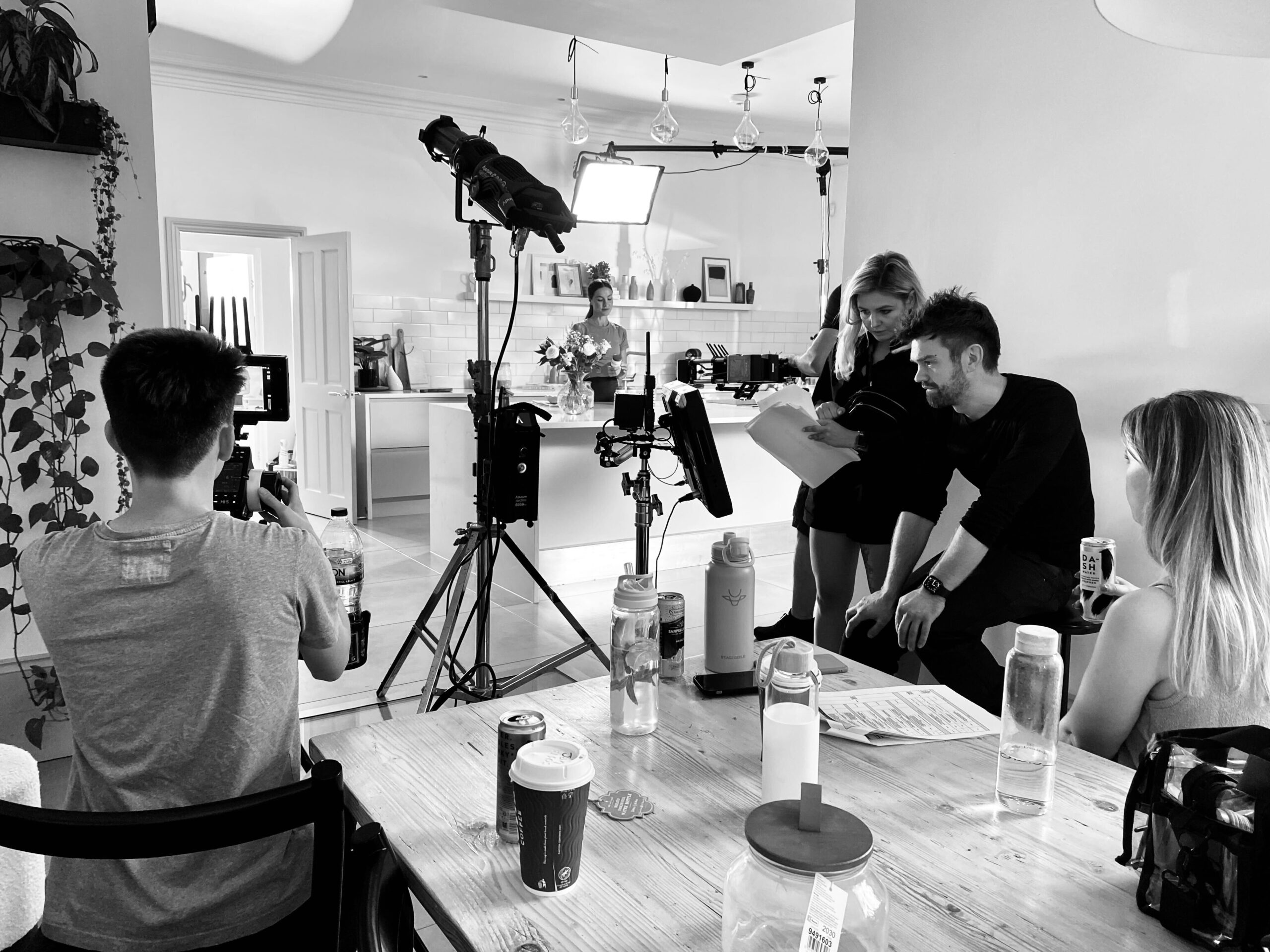Why Successful Campaigns Start Long Before the Camera Rolls
When brands talk about “making a video,” they often picture a camera crew, a script, and a big red record button. What gets lost is the real work that happens long before the camera is even lifted: planning. Strategy is the invisible infrastructure of every successful campaign. Without it, even the best creative idea can fall flat.
A well-structured video strategy begins with clarity on objectives. What is the campaign meant to achieve: awareness, lead generation, or direct conversion? Research shows that campaigns with clearly defined goals are 376 percent more likely to report success compared to those without. That number is striking, and it underlines something simple. Vagueness is expensive. Precision creates momentum.
The planning process also forces alignment between teams. Marketing, sales, and leadership often have different definitions of what “success” looks like. Mapping strategy up front means that every frame of the video serves the same North Star. A HubSpot survey found that 54 percent of consumers want to see more video from brands they support, yet only 35 percent of marketers say they feel “very confident” in measuring ROI. This disconnect doesn’t come from the medium. It comes from the planning.
Another benefit is efficiency. It’s far cheaper to reframe a storyboard than to reshoot a campaign. Pre-visualising messaging, narrative arcs, and distribution formats allows brands to spot gaps before they become costly mistakes. Wistia’s 2024 State of Video Report noted that brands who design multi-platform strategies before production see 3x higher engagement across LinkedIn, YouTube, and owned websites. That uplift isn’t about bigger budgets. It’s about better foresight.
The strategy stage also opens space for creativity that’s grounded in purpose. For example, if the data shows that 70 percent of your audience watches content on mute, then it’s not just a production note—it’s an invitation to think visually, to design graphics and motion cues that communicate without sound. That is where planning acts as a bridge between data and artistry.
A strategic approach to video planning ensures every piece of content has a clear role and measurable impact. It transforms video from a creative expense into a growth driver. When planning is prioritized, campaigns resonate more deeply with the right audience and align seamlessly with business objectives. It also means resources are deployed more efficiently, with less waste and more return. Success isn’t about producing more video, but about producing smarter video. The right story, on the right platform, for the right audience is what ultimately drives results.
Ultimately, a video without strategy is like a billboard in the desert. It exists, it costs money, but nobody sees it in the way you intended. A campaign that starts with planning, on the other hand, ensures that every second of footage is working as hard as the budget behind it. That is the difference between a clip that entertains and a campaign that converts.
Written by Chris Kearsey



